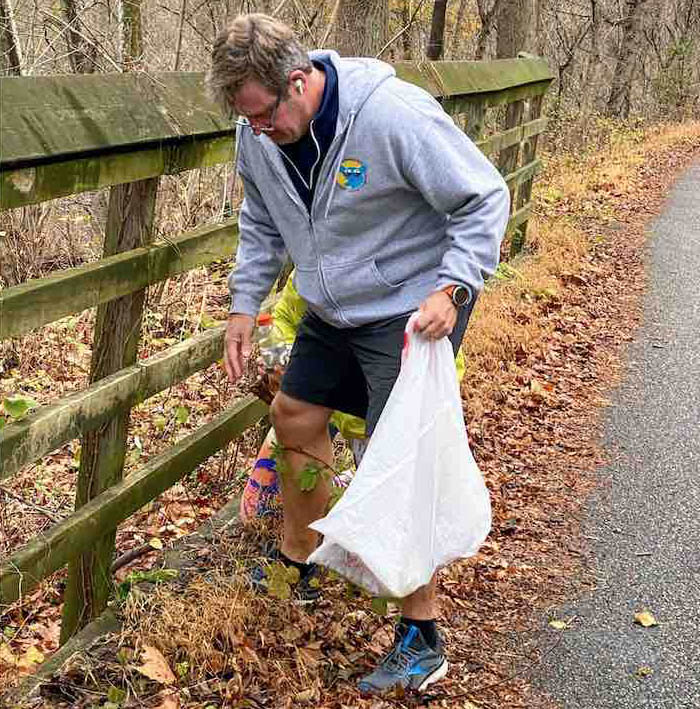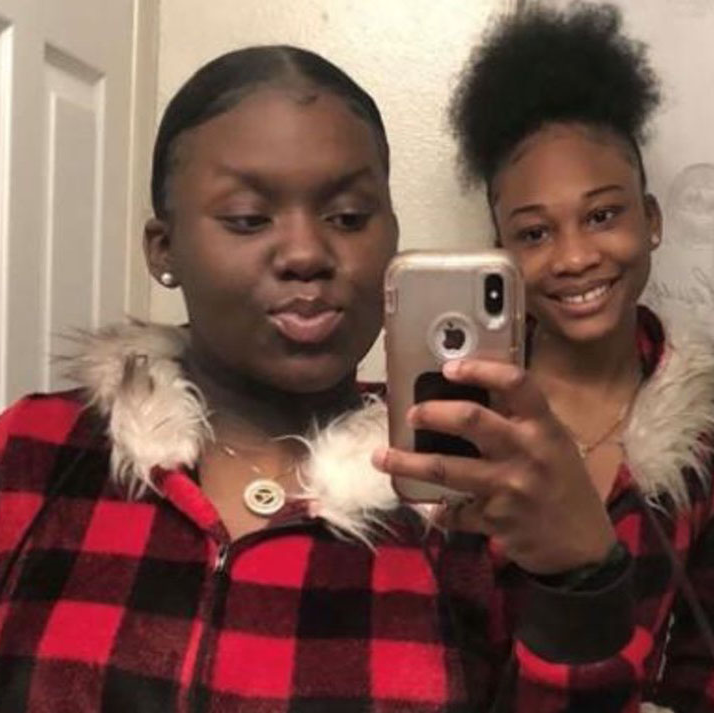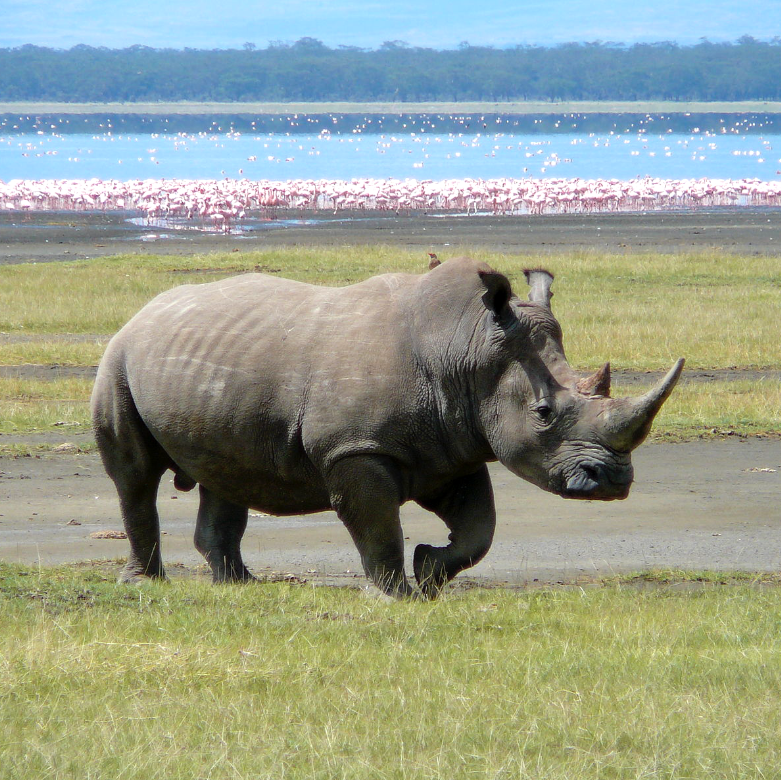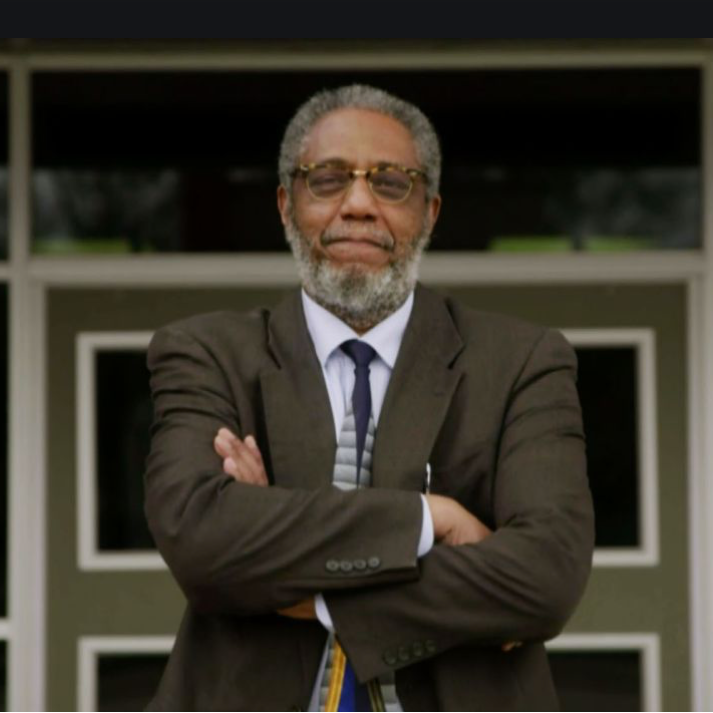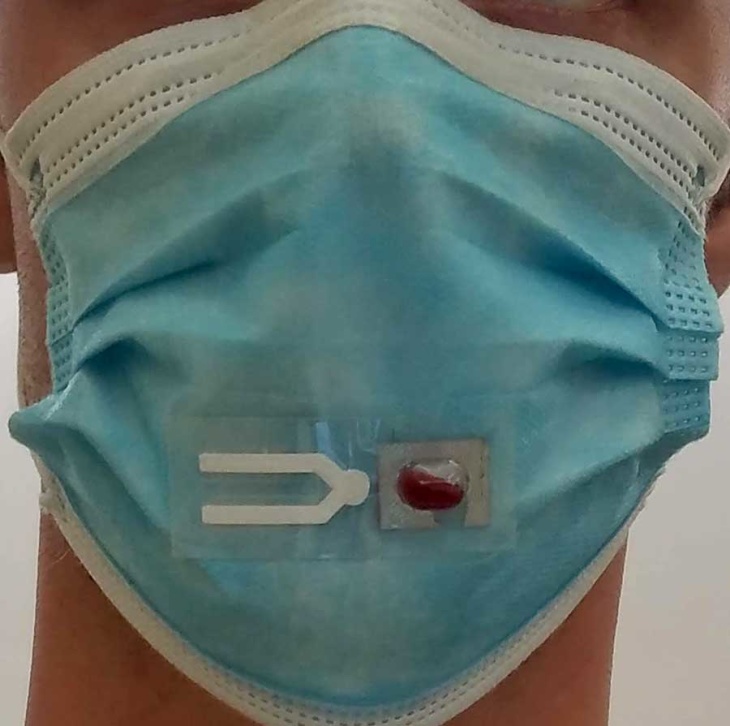Author: developer
- Heroic Boy gets a congratulations video from John Cena
- Matt Dempsey encountered what could have been a tragic situation last month. While driving his children to a haircut, his 20-month-old daughter started choking on a chicken nugget. Luckily, there was an unsuspecting hero also sitting in the backseat, ready to jump into action. When 8-year-old Jaxson saw his sister starting to choke, he remained calm and told his dad to pull over. He then started patting her on the back and successfully removed the blockage – a technique that he learned while watching WWE superstar John Cena preform on Nickelodeon’s The Substitutes. As news spread of Jaxon’s lifesaving act, he became somewhat of a local hero. A parade was arranged to celebrate him on March 31st, where over one dozen fire trucks came out with their lights blaring and sirens wailing for the 8-year-old. The local mayor and state representative, Tara Toohill, also joined in the celebration. On the 1st of April, Jaxson received yet another amazing surprise commending his bravery and heroism: a message from the man who inspired it all, John Cena. Cena said in his video message: "Hey Jaxson, this is 16-time WWE champ and Peacemaker John Cena saying hello. Now I heard a story about you, and it really touched my heart. A story that in a time of crisis, you were brave enough to take action. Doing so, you saved your little sister's life. I wanted to commend you because the actions of a true hero are those who do act in a time of crisis. Usually, when bad things happen, one of the toughest things for all of us to do is to take action. You jumped right in helped out the best you could. Doing so, you saved your sister's life. I really want to say thank you for being you, Jaxson. Thank you for being an inspiration; thank you from all of us.” While this hero might not have been expecting any big accolades, all the recognition has been an amazing way to show this young boy just how big of an impact a seemingly small act can have. Matt Dempsey, in a statement to WNEP, said the recognition for Jaxson has been a great way to fill his heart with joy.
- Executive Walks 12 Miles Every Day to Pick Up Trash
- They call him the “garbage guy”. Billy Adams, a software executive and Washington D.C. native, developed a lockdown ritual that not only benefits his health but the environment as well. Each morning, prior to walking his typical 12 miles, Adam stops at the Starbucks on M Street in Georgetown to buy a coffee and collect an empty plastic bag. From there, he goes on a 3-hour walk, picking up as much trash by hand as he can. In a quote to the Washington Post, Adams explains that this process is incredibly satisfying: “When you see it beforehand, then you walk by it after and it’s all clean, that’s a good feeling.” It is the employees at the M Street Starbucks that gave Adams the name “garbage guy.” His routine has had its impact on the coffee-chain employees, inspiring each of them to be more conscientious of their litter. Billy has also inspired his extended family to get out, go on walks, and clean up along the way. His sister, Caroline Miller, is now going on walks with her husband and picks up any litter she comes across. “Billy is somebody who likes to do the right thing,” Miller said in a statement to the Post. “If he sees trash on the ground, he can’t just walk past it.” Adam’s family has deep-roots in D.C. From Bethesda, Maryland, which sits adjacent to Washington, his great-great-grandfather, Jacob Karr, lived within walking distance from the White House and owned the most popular watch store in the city. Karr was friendly with Abraham Lincoln and all of the US presidents up until he retired in the early 1900s, as he tended to their watches. Given this extensive history, it is no wonder Adams has such a profound love for our nation’s capital! Billy is hoping to set up a collective clean-up for Earth Day, to further inspire others to get into the good habit of exercise and cleaning up – a way to do good and feel good all at the same time!
- Stayin’ Alive
- Torri’ell Norwood is a 16-year-old aspiring nurse who took her high school’s CPR training course. In St. Petersburg, she and three others were driving in a car. According to Norwood, she saw a car coming very fast, and “we got hit, we had crashed into a tree.” The teens evacuated the vehicle right before it began to smoke up. As Norwood ran away from the car and looked around, she realized her best friend A’zarria Simmons, 16, was not with her. Norwood ran back to the car, instinctively with no hesitation. Simmons was still in the back seat of the car, unresponsive with a deep head wound. She pulled Simmons out of the back seat, avoiding broken glass from the window. Norwood pulled Simmons from the car, avoiding the glass from the broken window. She put her head to her friend’s heart and checked her friend’s non-existent pulse. Norwood immediately sprung into action, using her CPR training that she had received less than 24 hours ago. Thirty compressions and two life-saving breaths later, Simmons regained consciousness. Paramedics rushed Simmons to the hospital, where she got her forehead gash all stitched up. Simmons said, “I don’t remember the hit or anything about the accident. But when I woke up, I was in the hospital. I was in shock. I was trying to figure out how I got there.” When asked about her heroism, Norwood stated, “I just saw my friend on the ground and knew what I had to do.” Simmons has extreme gratitude for her “bestie.” She completely credits her friend for saving her life. Simmons said, “I just feel like if it wasn’t for her I would have passed.” When asked about her best friend, Simmons also stated, “She will always help any way she can, to help anybody.” Norwood and Simmons say that they are now friends for life. They’ve been friends since the seventh grade and are planning to both pursue careers in the medical field. Their bond is certainly unbreakable after such a life-changing event.
- Gary Sinise Starts Mental Health Network for Veterans And First Responders
- We all know Gary Sinise as Lt. Dan in the classic movie Forrest Gump. Fighting in the Vietnam War, his character is determined to die in battle like all of his ancestors, but the caring, slow-witted protagonist, Forrest (played by Tom Hanks) saves him from death much to his dismay. He is left severely disabled and eventually begins to abuse substances, likely as a result of PTSD. Forrest helps to show him he can do much more than he believed he ever could. Though Lt. Dan got that feel-good Hollywood ending we all hope for, many real-life veterans do not. This fact is has not been lost on Sinise, who was nominated for an Academy Award for his touching role as Lt. Dan. Since playing this transformative role, he has been a champion in supporting veterans and first responders who struggle with mental health issues – support that is needed than many realize. It is estimated that 30% of first responders struggle with depression and PTSD and 1 in 3 veterans have suffered with mental health issues and brain injuries since 2001 alone. Over the few years, Sinise has performed in close to 300 support concerts with his “Lit. Dan Band” to assist veterans, first responders, and their families. In February of 2021, he announced that he has launched The Gary Sinise Foundation Avalon Network to help provide transformative care, treatment, and training to vets and first responders struggling with PTSD or substance abuse. Avalon will set up 20 treatment sites around the country to serve thousands of veterans, first responders, and their families. Sinise is partnering with the Co-founders of The Home Depot, philanthropists Bernie Marcus and Arthur M. Blank, who each invested $20 million from their personal foundations to lay the groundwork for The Gary Sinise Foundation Avalon Network. “We’ve lost more veterans to suicide than we have on the battlefields of the Global War on Terror,” said Bernie Marcus. “Our veterans and their families put their lives on the line for us and they deserve the highest level of care available. We’ve found the perfect partner in the Gary Sinise Foundation to scale this idea into a national network that will provide cutting-edge care and improve the quality of life for our nation’s heroes in one of the most critical times in our history.”
- Clone from Genes Frozen 30 Years Ago Gives Endangered Species New Hope
- Scientists have taken a bold step in their efforts toward wildlife conservation. Elizabeth Ann, who was made from cells of Willa, another black-footed ferret who lived more than 30 years ago, is the first US endangered animal to be cloned. She was born with the help of a surrogate mother in December of 2020 and was revealed to the world in February of 2021. It is the scientists’ hope that she will one day be able to mate and might help to continue on this endangered species. The black-footed ferret is actually one of North Americas most endangered species. They were declared extinct in 1979, but after a rancher in Wyoming discovered a small population of the of 7 ferrets living on his land in 1981, a breeding program was started. All current black-footed ferrets are descended from this single population – something that poses unique challenges for recovering a species, as a lack of genetic diversity poses the increased risk of disease and abnormalities. This is precisely why Elizabeth Ann might be so important. Her genetic makeup could help to diversify the species. "Genomics revealed the genetic value that Willa could bring to her species," added Ryan Phelan, the executive director of conservation organization Revive & Restore, which was involved in the project. "But it was a commitment to seeing this species survive that has led to the successful birth of Elizabeth Ann. To see her now thriving ushers in a new era for her species and for conservation-dependent species everywhere. She is a win for biodiversity and for genetic rescue." Elizabeth Ann is not the first mammal to be cloned. Dolly the Sheep, who was born in 1996, was the first mammal to ever be cloned from the cells of an adult animal. Since Dolly’s birth, other mammals including dogs, cats, horses, and rabbits have been cloned, but, even still, researchers are not completely sure of the adverse side effects of cloning. Nonetheless, black-footed ferrets were added to the list of cloned animals, as they have been so close to extinction for so long. 120 ferrets were even vaccinated against COVID-19 as an extra protection for their species. Elizabeth Ann is just the first of many black-footed ferrets scientists are hoping to clone, as they continue to search for ways to help endangered populations reach their full potential.
- No Rhinos Were Poached in Kenya Last Year – A Feat Not Achieved Since 1999
- For the first time in 21 years, Kenya has reported zero poaching of rhinos. This accomplishment is attributed widely to travel restrictions brought on by COVID-19, but other factors that contributed include actions on behalf of the government to work with local communities, anti-poaching operations, and other conservation efforts. Even with the country hitting this record low, they remain on high alert, as there has been a steady increase in bushmeat poaching and other crimes due to the pandemic. Southern Africa is home to 80% of all African rhinos on Earth. Rhinos as a species are deemed critically endangered by the World Wildlife Fund, with some predictions stating that this animal could reach extinction by 2036 if human intervention is not attempted. In 2017, Kenya had a rhino population of only 1,258. In 2018, the last male white rhino died, bringing the number of this subspecies in Kenya and across the world to just two. It has been said that close to 500 white rhinos could be found grazing across several East and Central African countries up until 1970. Poaching during this time reduced the population of white rhinos to 15 by 1980 and then to 32 by 2003. The remaining two females of this species were both born in captivity and are the sole remnant of hope that we might be able to bring these animals back – a startling reality brought on by the horrendous results of poaching. To add to the already amazing accomplishment seen with rhinos, Kenya also saw a record low number of elephants poached during 2020! In 2012, 384 elephants were poached, which is the highest recorded number to date. In 2020, only 11 elephants were poached. This incredible feat is one that has conservationist incredibly hopeful for the future – one which might continue to include wild rhinos (and elephants) freely roaming Kenya.
- Rescue Dog Saves Man’s Life During Stroke
- “Who rescues who?” This is a question often pondered by animal owners, but in the case of Brian Myers and his German Shepard, Sadie, it takes on a whole new meaning. The New Jersey man rescued his “gentle giant,” Sadie, in September of 2020 from the Ramapo-Bergen Animal Refuge after her previous owners surrendered her. In late January 2021, however, Myers collapsed upon getting out of bed. Little did he know he had suffered a stroke. Enter the story’s hero: an amazing German Shepard. Sadie could sense her owner was in distress and laid down next to him, licking his face in an attempt to wake him. It was at this moment that Myers thought he might be able to use Sadie as a counter weight to help get himself off the ground. When he grabbed for her collar, it seemed that the dog knew exactly what to do. She took Myers directly to his cellphone where he could dial for help – an act that likely saved his life. On Tuesday, February 9th, Myers was released from rehab and reunited with his loyal companion. Sadie was so excited to see her owner, she licked his face to the point where his mask fell off. Ramapo-Bergen Animal Refuge, inspired by this team’s story, is paying it forward by helping to support Sadie’s future medical needs through donations. Sadie is also set to be honored with a Heroic Dog Award from PETA – a much deserved honor for an incredible dog! "Sadie's intelligence and tenacity saved Brian's life," PETA Vice President Colleen O'Brien said. "Her heroism reminds us that many loving, dedicated dogs are waiting in shelters for a family to join, and PETA encourages anyone with the ability and resources to care for an animal to adopt one from a local shelter." “Brian gave Sadie a second chance at life, adopting Sadie and welcoming her home," Ramapo-Bergen Animal Refuge said. "This time, Sadie gave Brian a second chance at life."
- South Carolina Principle Takes on Second Job to Help His Struggling Students
- North Charleston High School principal Henry Darby has gone above and beyond to make sure his students have what they need. After learning of the tremendous economic hardships some of his students face, Darby took it upon himself to get a second job at Walmart in an effort to help. Three nights a week, from 10 p.m. to 7 a.m., he works the overnight shift stocking shelves in order to provide funds for students to pay bills or tuition and buy food. Though Darby now finds himself at the center of a viral moment, he initially intended on keeping news of his night job to himself. In an interview with WCBD, Darby explained he “simply wanted to work for Walmart without fanfare and use those resources for [his] students.” In a community where 90% of families fall below the poverty line, Darby’s efforts to help do not go unfelt. He has donated $2,500 to the community as of late, which makes up about half of his Walmart earnings. The other half he plans to donate after taxes are returned. Darby’s incredible work ethic has inspired many, but most notably his students. "I knew of some students who thought working at Walmart was beneath them," said Darby in a statement to the Charleston County School District. "Now that the students have learned about me working there, several have applied and are employed alongside me." As news of this selfless principle’s story began to spread around the community, a GoFundMe page that has since raised over $150,000 was started in support of Darby’s efforts. And, to add to it all, Walmart gifted Darby a $50,000 donation live on the Today show last week. Darby finds himself more motivated than ever to continue his work. "If we can't help one another, then who can we help? I will keep on working at Walmart. My efforts are genuine and not for show. In spite of all the dollars we have accumulated, I plan to stay on," he said in a statement to Southern Living. Henry Darby’s hard work, compassion, and generous spirit has inspired people all across the nation and serves as a wonderful reminder of the incredible chain reaction that can occur through a single act of selflessness.
- This Color Changing Face Mask Could Detect If You Have COVID
- Using technology similar to that of a home pregnancy test, scientists are working to develop a face mask that could visually detect if someone has COVID-19. People who are infected with the COVID-19 exhale biomarkers called proteases (or enzymes that work to break down proteins) that directly relate back to the virus. It is with this in mind that scientist at the University of California San Diego got to work on creating a visual sensor that can be attached to masks. The designed sensor is comprised of a small strip with a liquid-pack compartment. The surface of the strip collects the particles when a person exhales through the mask. When a user wishes to test their exhaled particles, they would simply break the pack compartment, which would mix a nanoparticle substance with any proteases on the strip. If COVID-19 proteases are present, the strip would change color and one would then know if they had the virus. Though an incredibly promising piece of technology, researchers do say that this will likely not replace complete PCR tests. “Think of this as a surveillance approach, similar to having a smoke detector in your house,” Jesse Jokerst, a professor of nanoengineering at UC San Diego and the lead researcher on this project said in a press release. “This would just sit in the background every day and if it gets triggered, then you know there’s a problem and that’s when you would look into it with more sophisticated testing. We want this to be affordable enough for daily testing.” Remarkably, researchers are thinking that these strips could be produced for only a few cents a pop, making this one of, if not the most, cost-effective testing mechanism to date. The potential accessibility of such technology is an exciting prospect and may be one easy way for us all to help stop the spread of COVID-19.

